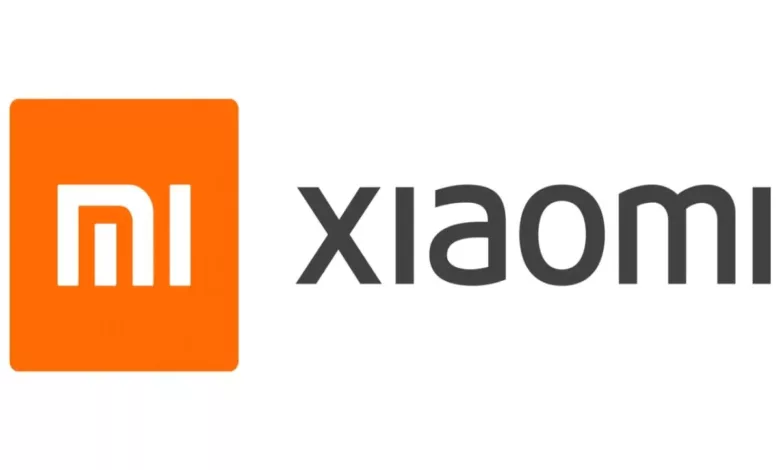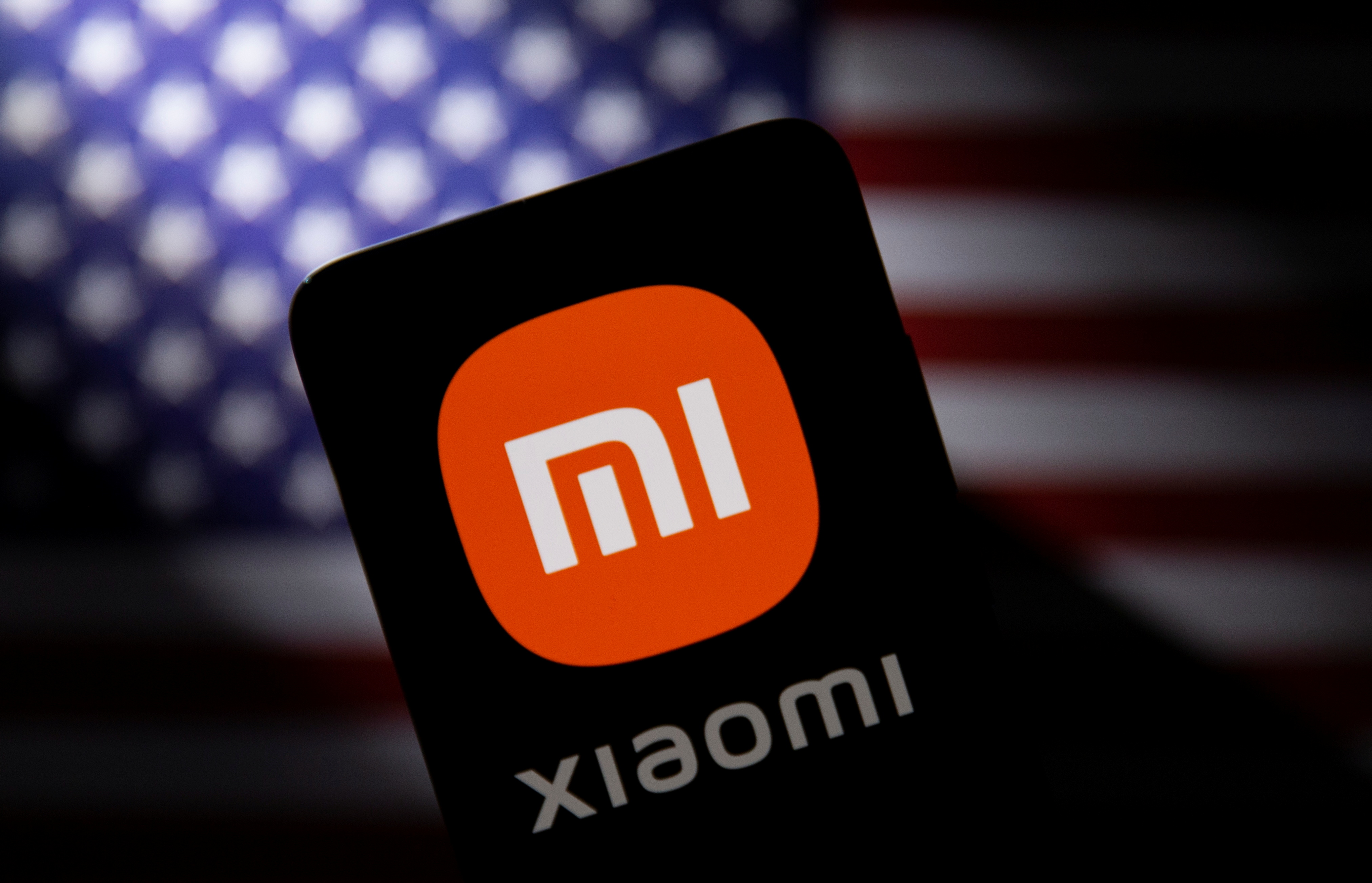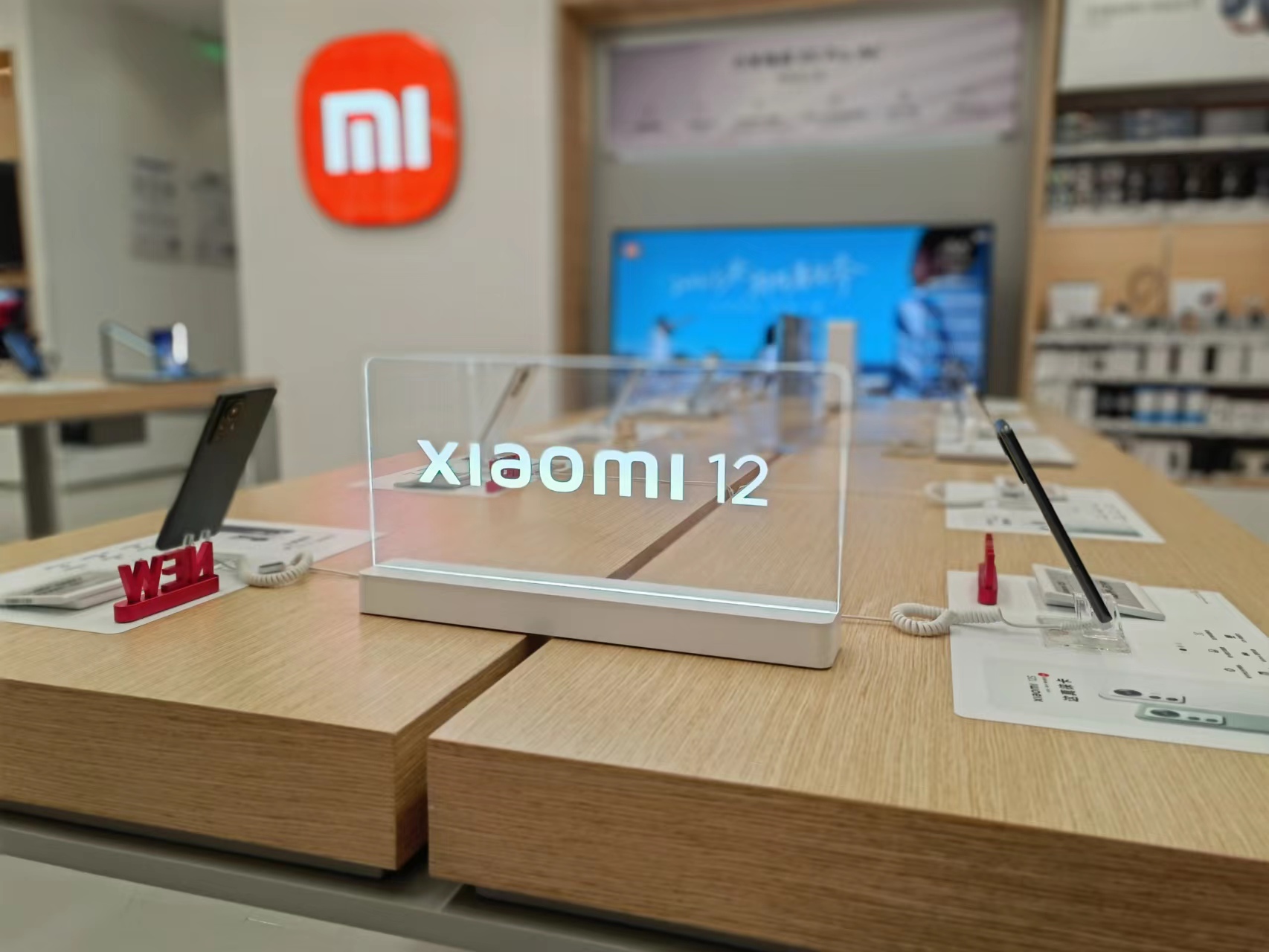Xiaomi’s Shift to Premium: Too Little, Too Late? Samsung Outpaces Xiaomi in India’s Premium Smartphone Market.
A costly blunder that has allowed Samsung Electronics to overtake Xiaomi Corp and take the number-one spot in the world's second-largest market for mobile phones is prompting the Chinese company to rethink its approach to the Indian market. Xiaomi Corp is currently in the process of revising its India strategy.

Xiaomi’s Shift to Premium: Too Little, Too Late? Samsung Outpaces Xiaomi in India’s Premium Smartphone Market.
Highlights:
- In India, the spotlight is on Samsung and Xiaomi as premium phone competitors.
- There has been a rise in the demand for more expensive smartphones in India.
- Data shows that affordable smartphones priced under $120 are losing appeal.
- According to the executive, Samsung’s loan programme is making people buy more expensive phones.
Xiaomi, the Chinese tech giant, has been dominating the Indian smartphone market for the last few years, with its budget-friendly devices being a hit among Indian consumers. However, things took a turn when Xiaomi misjudged the changing consumer tastes in mobile phones, and their slow shift towards premium smartphones allowed Samsung to steal their crown.
A costly blunder that has allowed Samsung Electronics to overtake Xiaomi Corp and take the number-one spot in the world’s second-largest market for mobile phones is prompting the Chinese company to rethink its approach to the Indian market. Xiaomi Corp is currently in the process of revising its India strategy.
The Shift in Strategy
Xiaomi’s strategy in India was to sell mobile phones under 10,000 rupees ($120), which was a popular price point among Indian consumers. However, the company failed to recognize the changing preferences of Indian consumers who were willing to pay more for better-looking models with richer features.
This lapse in judgment turned out to be a costly one as Samsung quickly launched products that met these aspirations, offering innovative financing schemes that made them affordable to most.

These actions have assisted Samsung (005930. KS) in unseating Xiaomi (1810. HK) as the market leader in India’s competitive mobile phone industry. According to data from Hong Kong-based Counterpoint Research, In comparison to Xiaomi’s 18% market share during the final quarter of 2022, Samsung had a market dominance of 20%.
“A “premiumization” tendency is being seen in the Indian market. With a portfolio that is heavily centred on affordable phones, Xiaomi has been caught unprepared for the shift “, the research director at Counterpoint, Tarun Pathak, said.
The tightening of Xiaomi’s vice-like hold on India’s 626 million smartphone users, the second-largest market after China, demonstrates how businesses that fail to adapt to shifting customer preferences in a rapidly expanding economy with rising disposable incomes will suffer the consequences.
The cheapest automobile in the world, the Tata Motors (TAMO.NS) 100,000 rupee ($1,200) Nano, was infamously snubbed by Indian consumers who equated low price with subpar quality.
Indians’ push for more expensive mobile phones will also benefit iPhone maker Apple Inc (AAPL.O), which has a tiny market share in the country so far due to its exclusive focus on high-end phones, priced from $605 to as much as $2,304, according to its website, and social media app providers like Meta (META.O).
According to Counterpoint, the market share of smartphones priced under $100 in India decreased from 41% in 2017 to 26% in 2022. Premium phones, which cost more than 30,000 dollars ($360), saw their share quadruple to 11% during the same time frame.
India is a significant growing market for both Xiaomi and Samsung, with smartphones being the most popular electronic item there. While Samsung reported revenues of $10.3 billion, of which $6.7 billion came from smartphones, the Chinese manufacturer brought in a total of $4.8 billion in India between 2021 and 2022.
The financial crime bureau of the country has frozen 674 million dollars of the company’s money due to allegations of illegal payments made to entities located in other countries, which Xiaomi disputes.
Furthermore, according to Counterpoint data, premium phones only made up 0%–1% of Xiaomi’s overall India phone shipments in the past two years, whereas Samsung’s higher-end phones more than doubled their proportion to 13%.
Yet Xiaomi, which has admitted in the past that it released “too many” models, is restructuring its product lineup to focus on high-end smartphones.
The Redmi Note 12 was released in January, and the Xiaomi 13 Pro, which costs 79,999 rupees ($970), is the company’s most expensive phone to date in India. The Redmi Note 12 recorded sales of $61 million within two weeks of its launch, suggesting that the strategic decision immediately paid off.
The company’s India President, Muralikrishnan B, stated, “We have laid out a streamlined and cleaner portfolio with a focused strategy to creating competence in the premium sector, and the launch of our latest flagship, Xiaomi 13 Pro, is a step in that direction. The statement said, “We are bringing in more robust elements because we recognize we still have a long way to go on this route.

LOANS FOR PHONE
Samsung’s recent success in India, where it sold $1 billion worth of devices last year, was largely attributed to a programme it runs with its financial partners and advertises as offering “easy and assured” loans.
According to a Samsung advertisement that Reuters saw on a dusty Uttar Pradesh street that fruit vendors frequent, those with no loan history, bad credit, or no pay stubs may still get a phone.
The owner of a nearby multi-brand phone store Sanjeev Kumar Verma has benefited from the business financing programme. Verma told Reuters that he used to sell five Samsung phones each month, but that number has quadrupled to 20, with 18 of those sales coming from the loan programme. His store is filled with hundreds of phones stacked on shelves.
Verma and a different Mumbai-based smartphone dealer claimed that, in contrast to competitors, Samsung did not need verification of a local residence, making it simpler for migratory employees or people working outside of their home state to obtain phones on loans. Regarding the remarks made by the vendors, Samsung made no remarks.
According to Raju Pullan, head of Samsung’s India mobile operation, the rise of premium category phones was significantly higher in small towns than in large cities, and over half of the consumers who chose the company’s financing programme were first-time borrowers.
According to Samsung, handsets with its financing app loaded can be locked and have outgoing calls stopped if loan payments are not made on time.
Xiaomi has also enlisted partnerships to provide loans, calling them a crucial growth engine for sales of phones costing more than 15,000 rupees ($183). The company also said it would investigate more credit options.
In addition to expanding its present network of 20,000 retail partners, Muralikrishnan said the company would open more stores and increase the local procurement of mobile phone components, potentially cutting prices. According to some industry observers, the Chinese company’s new strategy may enable it to resume steady expansion in India.
Prabhu Ram, head of industry intelligence at CyberMedia Research, stated that Xiaomi has historically had high brand equity and a strong online and offline channel presence and can make a comeback with a potentially good premium and value-for-money product mix.
Samsung’s Innovative Financing Schemes

With its creative financing options, Samsung was able to overtake Xiaomi’s market share in India. By providing simple financing options including no-cost EMIs, cashback deals, and exchange discounts, the company increased Indian consumers’ access to expensive smartphones. These financing schemes allowed Samsung to penetrate deeper into the Indian market, where most consumers prefer to buy phones in instalments.
The Rise of Premium Smartphones
As the Indian market matured, the demand for premium smartphones grew, and Samsung was quick to respond. The company launched premium smartphones such as the Galaxy S21, S21 Plus, and S21 Ultra, which were well-received by Indian consumers. These devices had high-end features such as 5G connectivity, high refresh rate displays, and powerful processors, which were in line with the changing preferences of Indian consumers.
Xiaomi’s Response
Realizing its mistake, Xiaomi is now overhauling its India strategy. The company has started to focus on launching premium smartphones, like the Mi 11X and the Mi 11 Ultra, which are priced above 30,000 rupees ($400). Xiaomi has also started offering financing options and exchange discounts to make these devices more affordable to Indian consumers.
Samsung’s Lead in the Indian Market

Samsung’s shift in strategy has paid off, with data from Hong Kong-based Counterpoint Research showing that the company had a 20% market share for the last quarter of 2022 compared to Xiaomi’s 18%. Samsung’s innovative financing schemes and premium smartphones have helped the company establish a lead in the Indian market, which it is unlikely to relinquish anytime soon.
Conclusion
Xiaomi’s misjudgment of changing consumer tastes in mobile phones allowed Samsung to take over its crown in the Indian market. However, Xiaomi is now making a slow shift towards premium smartphones to compete with Samsung. With both companies focusing on premium smartphones and innovative financing schemes, the battle for the Indian market is likely to intensify in the coming years.




